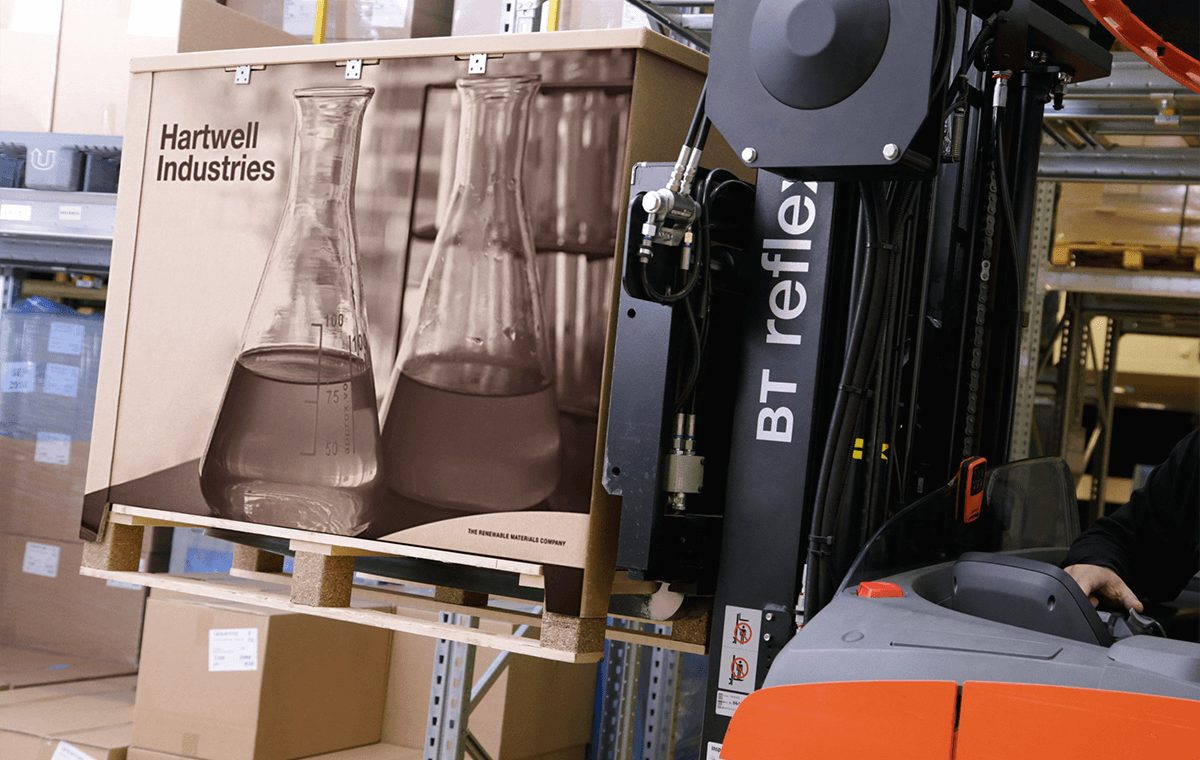Metallic Might: Industrial Metal Packaging Solutions Redefined
Metallic Might: Industrial Metal Packaging Solutions Redefined
Blog Article
Reliable Industrial Recycling Solutions for Sustainable Product Packaging: A Comprehensive Overview
In today's progressively environmentally-conscious globe, the demand for lasting product packaging services has never ever been greater. To fulfill this demand, businesses across markets are proactively seeking reliable commercial recycling services. Browsing the complicated landscape of lasting packaging can be challenging without a detailed guide. That's where this detailed overview on reliable commercial recycling solutions for sustainable product packaging comes in. By discovering vital locations such as packaging product selection, developing for recyclability, applying recycling infrastructure, working together with recycling partners, and monitoring and determining recycling success, this guide will furnish you with the expertise and devices needed to make educated choices and drive favorable modification within your company. Whether you're a product packaging professional, sustainability supervisor, or merely curious about the subject, this overview will certainly supply useful insights and methods to assist you navigate the world of lasting product packaging.
Packaging Product Option
The selection of packaging materials plays an essential function in making certain the sustainability of commercial reusing options. When it pertains to lasting product packaging, the option of materials is type in decreasing ecological influence and making best use of recycling effectiveness. Choosing the best products can assist minimize waste generation, save resources, and promote a circular economic climate.
Materials like cardboard, paper, glass, and certain kinds of plastics can be reused several times without shedding their high quality. On the various other hand, materials that are hard to recycle, such as combined plastics or non-recyclable compounds, can develop challenges for the reusing process and may end up in land fills or incinerators.
Another factor to consider is the use of sustainable and naturally degradable products. Packaging made from renewable energies, such as plant-based plastics or biopolymers, can aid reduce dependency on fossil gas and mitigate environment adjustment. Additionally, biodegradable products break down naturally with time, decreasing the build-up of waste in garbage dumps.
Furthermore, the weight and volume of packaging materials need to be lessened to lower transport prices and power consumption. Lightweight products not only need fewer resources throughout manufacturing however additionally add to decrease carbon exhausts during transport.
Designing for Recyclability
In order to guarantee the recyclability of product packaging products, thoughtful style is essential. Creating for recyclability entails developing product packaging that can be conveniently arranged, divided, and refined in reusing facilities. One essential facet of designing for recyclability is the choice of products. Product packaging designers should prioritize using materials that are extensively approved for recycling and have established recycling facilities. Products such as glass, aluminum, and specific sorts of plastic, like animal and HDPE, are typically reused and ought to be favored over products that are pricey or tough to reuse.
One more important consideration in developing for recyclability is the elimination of unneeded elements or materials. By minimizing the number of layers, coatings, and extra parts, product packaging can be made simpler and simpler to recycle. Additionally, developers need to aim to reduce making use of mixed materials, as they can make complex the reusing process.

Implementing Recycling Facilities
Reliable execution of reusing infrastructure is essential for the success of industrial recycling services. Without appropriate facilities in position, the reusing process comes to be inadequate and inefficient, impeding the total objective of lasting packaging.
To carry out recycling infrastructure efficiently, a number of crucial aspects need to be thought about. First of all, there must be an efficient collection system that helps with the separation and collection of recyclable materials. This can include designated recycling containers in public areas, as well as collaborations with waste administration business for curbside pickup and sorting.
As soon as gathered, the recyclable products require to be moved to reusing facilities in a prompt fashion. This calls for efficient logistics and transport networks, making sure that the materials get to the suitable centers right away.
At the recycling facilities, progressed sorting and handling modern technologies ought to remain in location my response to divide different kinds of products effectively. This consists of the use of automated arranging devices, optical scanners, and hand-operated sorting methods.
Furthermore, there need to be a robust market need for recycled products. This can be accomplished with cooperations with producers and markets that make use of recycled products in their manufacturing processes. Developing a steady market for recycled products incentivizes the reusing industry and promotes the round economic climate.
Teaming Up With Recycling Partners

One key aspect of working together with recycling partners is the establishment of clear communication channels. It is necessary to establish open lines of communication to promote the exchange of details, updates, and responses. This enables both events to remain educated regarding the development of reusing efforts and attend to any type of difficulties or problems that might emerge.
In addition, cooperation can entail collaborations in designing and implementing reusing programs. Reusing partners can provide beneficial understandings and advice in establishing efficient collection systems and determining one of the most proper recycling innovations. By collaborating, organizations and recycling companions can maximize the recycling procedure and lessen waste.
Furthermore, cooperation can expand beyond the functional elements of reusing. It can likewise encompass advocacy and education and learning initiatives. By signing up with pressures, services and recycling companions can raise awareness about the value of reusing and promote the fostering of sustainable product packaging practices amongst consumers and various other stakeholders.
Tracking and Measuring Recycling Success
To make sure the effectiveness of commercial recycling options and the achievement of sustainable packaging objectives, it is vital for companies and their reusing partners to develop an extensive system for monitoring and gauging recycling success (bulk container recycling). Tracking and determining reusing success permits services to evaluate the effect of their reusing initiatives, identify locations for improvement, and set significant targets for future progression
One means to track recycling success is via making use of data collection and analysis tools. By accumulating information on the quantity of packaging waste produced, the percent of waste that is recycled, and the kinds of materials being recycled, services can gain useful understandings image source right into their reusing efficiency. This information can then be evaluated to identify patterns, patterns, and areas of inefficiency.
One more essential element of tracking and determining recycling success is developing standardized and clear metrics. This allows companies to compare their efficiency against industry standards and track their progression in time. Metrics such as reusing rates, waste diversion rates, and greenhouse gas exhausts can give a quantitative step of a service's recycling success.

Verdict
In verdict, carrying out effective commercial recycling solutions for lasting product packaging requires mindful consideration of packaging product choice, developing for recyclability, implementing reusing facilities, working together with reusing partners, and monitoring and measuring recycling success. By including these methods, businesses can add to a more lasting and environmentally-friendly method to product packaging, decreasing waste and advertising the circular economy.
By checking out key locations such as product packaging material option, making for recyclability, executing reusing infrastructure, teaming up with recycling companions, and tracking and determining reusing success, this overview will outfit you with the knowledge and tools needed to make enlightened decisions and drive favorable change within your company. Product packaging developers should focus on the use of materials that are commonly approved for reusing and have actually developed recycling infrastructures.Partnership with reusing partners is important for the successful execution of industrial recycling services and the accomplishment of lasting packaging objectives. By joining forces, companies and recycling companions can increase awareness regarding the importance of recycling and advertise the fostering of lasting product packaging techniques click here for more among customers and various other stakeholders.
By accumulating information on the quantity of product packaging waste created, the percent of waste that is reused, and the kinds of materials being recycled, services can obtain beneficial understandings right into their reusing efficiency.
Report this page